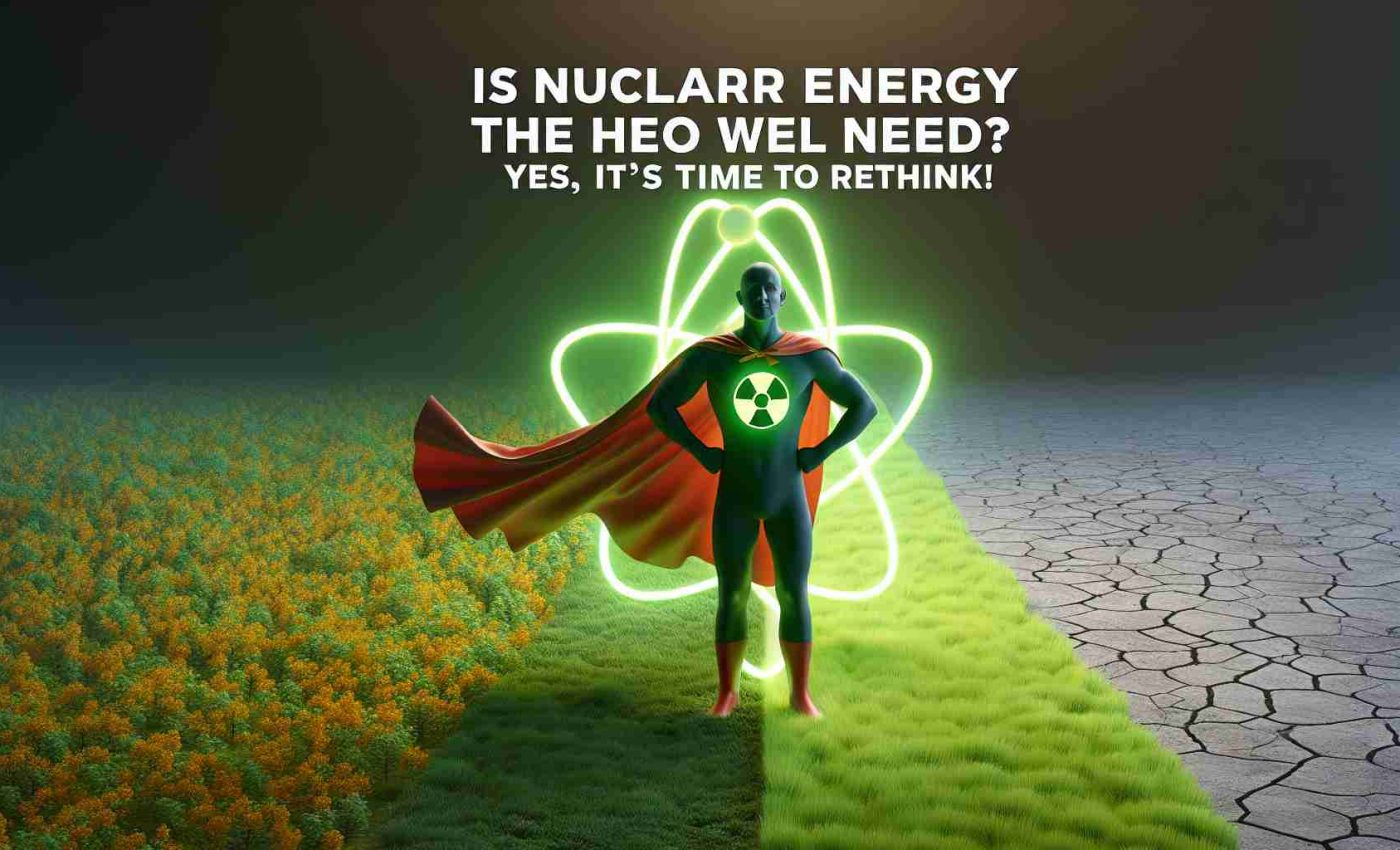Nuclear power has long been shadowed by historical accidents. Events like the Chornobyl disaster and Fukushima have left a notable mark on societal views towards this energy source, resulting in diminished investment over time. Yet, a recent report points toward a significant shift in nuclear energy’s potential role in combating climate change and reducing carbon emissions.
The past nuclear mishaps have repercussions that still resonate today. According to the Tony Blair Institute, if the nuclear sector had flourished post-Chornobyl as once expected, carbon emissions could be nearly 6 percent lower today. The Chornobyl incident, which occurred in 1986, was prompted by a series of grave operational failures, leading to catastrophic explosions and widespread radioactive fallout. The immediate evacuation of thousands and the Soviet Union’s initial secrecy only exacerbated global fears surrounding nuclear safety.
Despite these setbacks, a renaissance in nuclear energy appears on the horizon. With over 400 reactors built prior to Chornobyl, the subsequent decline to less than 200 reactors has been stark. However, the push towards cleaner energy and reduced reliance on fossil fuels is reigniting interest in nuclear power, touted for its ability to generate consistent energy day and night.
Experts now recognize nuclear energy as a remarkably safe option. With stringent international safety protocols and advanced waste management technologies, the future of nuclear energy may indeed hold the key to a sustainable, low-carbon world.
Is Nuclear Power Making a Comeback? Exploring Its Role in a Sustainable Future
The Resurgence of Nuclear Energy
Nuclear power has faced significant skepticism due to historical accidents, most notably in Chornobyl and Fukushima. However, recent developments suggest a potential renaissance for this energy source, primarily driven by the urgent need to combat climate change and reduce carbon emissions.
Current Trends in Nuclear Energy Use
A growing number of countries are exploring nuclear energy as part of their energy strategy. According to recent reports, the global nuclear power market is projected to grow, with investments in new reactors and advanced technologies. In particular, small modular reactors (SMRs) are gaining traction, as they offer a safer, more flexible alternative to traditional large reactors. These innovations could revolutionize the nuclear landscape by making it more accessible for diverse applications, including energy needs in remote communities and even hydrogen production.
Pros of Nuclear Energy
1. Low Carbon Emissions: Nuclear power generates a substantial amount of energy with minimal carbon emissions, making it a crucial player in the transition towards a low-carbon economy.
2. Reliable Energy Source: Unlike intermittent renewable sources such as solar and wind, nuclear power provides a consistent energy output, operating 24/7 and providing baseload power essential for energy grids.
3. Technological Innovations: Advances in reactor design, such as Generation IV reactors and SMRs, promise improvements in safety, efficiency, and waste management.
Cons of Nuclear Energy
1. Nuclear Waste: The management and long-term storage of nuclear waste remain significant challenges, with concerns about potential leaks and environmental impact.
2. High Initial Costs: The construction of nuclear plants requires substantial investment, and projects often face budget overruns and delays.
3. Public Perception: Despite advancements in safety, historical accidents continue to influence public sentiment against nuclear energy, hindering new projects.
Comparison with Renewable Energy Sources
When comparing nuclear energy to renewables, nuclear offers a steady power supply which renewables often lack. Wind and solar energy can fluctuate based on environmental conditions, leading to reliability issues. In contrast, nuclear plants can maintain output regardless of weather, providing a stable foundation for energy needs, particularly in an era of increasing electrification.
Insights into Future Innovations
The trend toward advanced nuclear technologies, such as thorium reactors and fusion energy, presents exciting possibilities for even safer and more efficient nuclear power generation. These innovations could potentially address some of the lingering concerns about safety and waste.
Security Aspects
As the nuclear sector evolves, security remains a paramount concern. Enhanced cybersecurity measures and robust physical security protocols are essential to protect nuclear facilities from potential threats. The international community plays a critical role in ensuring compliance with safety standards and preventing nuclear proliferation.
Sustainability and Climate Goals
Increasingly, experts view nuclear energy as a key component of a sustainable energy strategy. Countries committing to net-zero emissions by 2050 are increasingly including nuclear in their plans. The International Energy Agency (IEA) has identified nuclear power as an essential factor in achieving climate goals.
Pricing and Market Analysis
The cost of nuclear energy has been a significant concern, especially when compared to the dropping prices of renewable energy. However, with the need for stable baseload power and advancements in nuclear technologies, the price of nuclear power could become more competitive. The growing urgency for clean energy could spur investment and interest in nuclear solutions, fostering market growth.
Conclusion
Nuclear energy stands at a crossroads. With historical baggage and contemporary innovation, it has the potential to play a pivotal role in a sustainable, low-emission energy future. As nations strive to meet their climate targets, the nuclear sector may indeed experience a resurgence, driven by technological advancements and an urgent need for reliable, carbon-free energy sources.
For more information on nuclear energy and its implications, visit the International Energy Agency.







